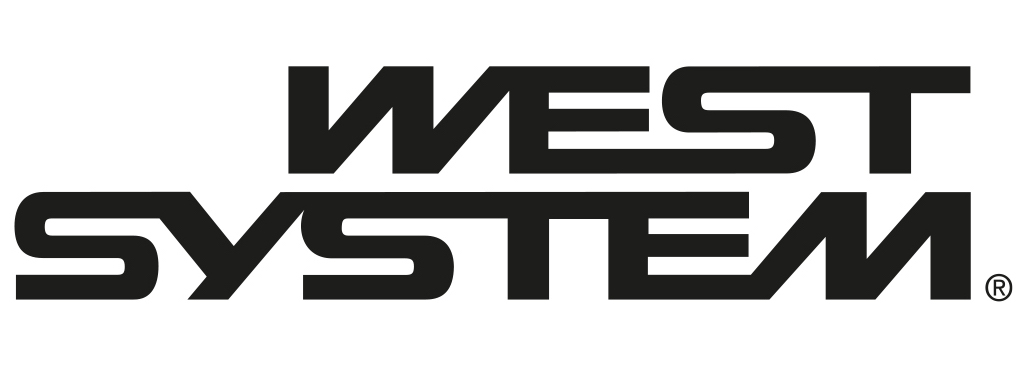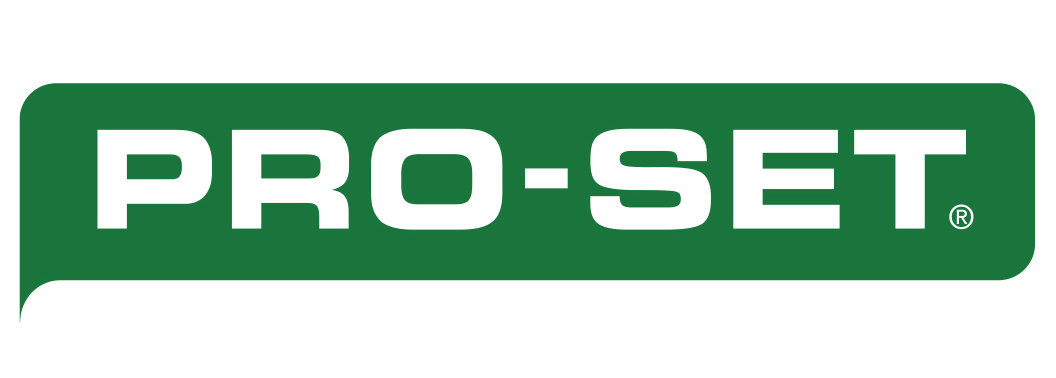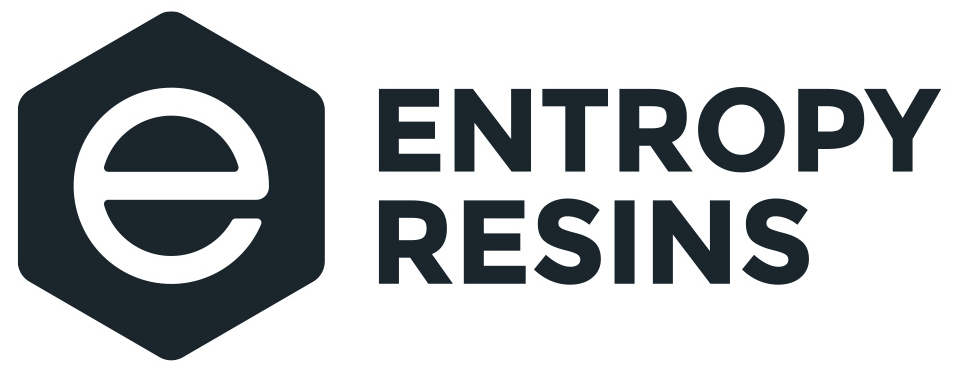Conseils d’utilisation de l’epoxy en toute sécurité
WEST SYSTEM Environmental Issues
Using WEST SYSTEM in an eco-friendly way
It is important to consider the environmental impact when choosing the products you will use on your projects and ultimately disposing of them. Seeing as epoxy is a chemical product, there are some special ‘green’ steps that environmentally-friendly users should follow.
Avoid volatile emissions
Recent clean air regulations have added new requirements to reduce emissions of volatile organic compounds (VOCs) and other air pollutants. Because of these regulations and other environmental concerns, many customers are asking builders to use products that pollute less. The volatile emissions from our epoxies are much lower than that of conventional vinyl esters and polyesters used in the composites industry. While our epoxy does not have one major or easily identifiable volatile component, emissions may include small amounts of benzyl alcohol, low-molecular weight amines or a reactive diluent.
To put it into perspective, making a laminate which requires 100 litres of conventional vinyl ester resin would put 12 kg of VOCs into the air. A laminate requiring the same quantity of WEST SYSTEM® epoxy would emit only around 454g of VOCs.
Dispose of leftover resin and hardener safely
It is always the end user’s responsibility to properly dispose of waste. The following guidelines should help you make the right decisions when it’s time to dispose of unused epoxy resin and hardener.
- Unused resin and hardener is not necessarily waste. You do not have to designate unused resin and hardener as ‘waste’ if you may use it on a future project. WEST SYSTEM epoxy products have a long shelf-life when stored in sealed containers. Simply use the product on another project.
- Cured epoxy disposal as a non-hazardous solid. Cured epoxy is resin and hardener that has been mixed at the proper ratio and has completely solidified. You may dispose of cured epoxy as a non-hazardous solid.
- Dispose of empty product containers properly. Dispose of empty product containers only after every effort to empty the container has been made. Containers drain more completely when warm.
- Keep waste to a minimum. Work with small batches of epoxy. When emptying a container for disposal, collect the residue for use on a future project.
- Reclaim spilled epoxy for later use. Reclaim for further use epoxy resin or hardener collected from a spill or leak. If it is contaminated, designate it as waste. If you have used a solvent to clean up a spill, then the resultant mixture of solvent and epoxy may become a regulated hazardous waste.
- Respect the environment. Do not release hazardous wastes directly to the land, air or water.
The disposal guidelines above may not comply with the laws and regulations in your area. If you are uncertain, refer to local and national regulations. This section has addressed only the disposal of our epoxy resin and hardener. Boat building and repair projects generate many hazardous wastes, including bottom paint, gelcoat, paints and solvents. These materials can harm the environment, so identify and dispose of them properly.



